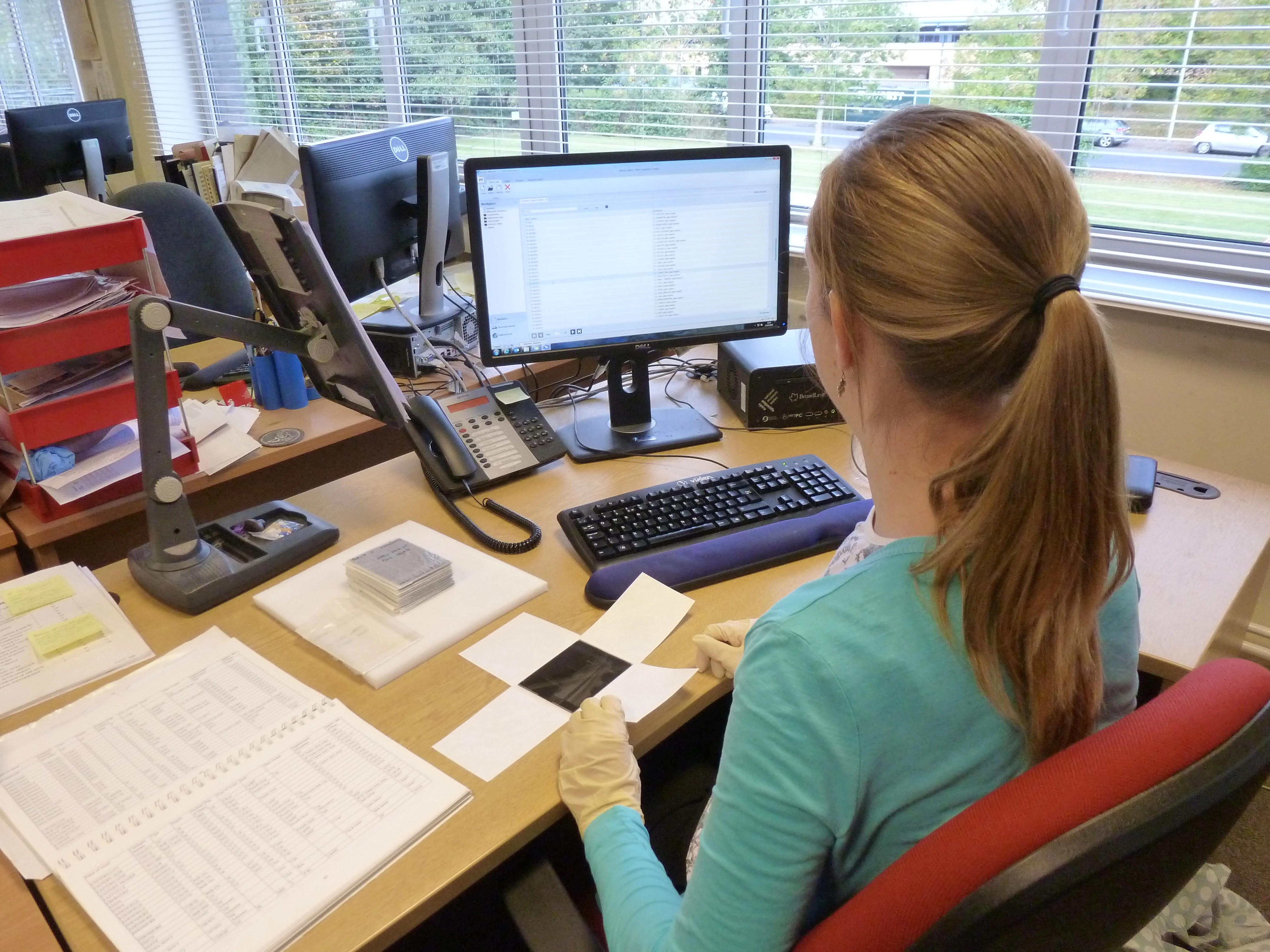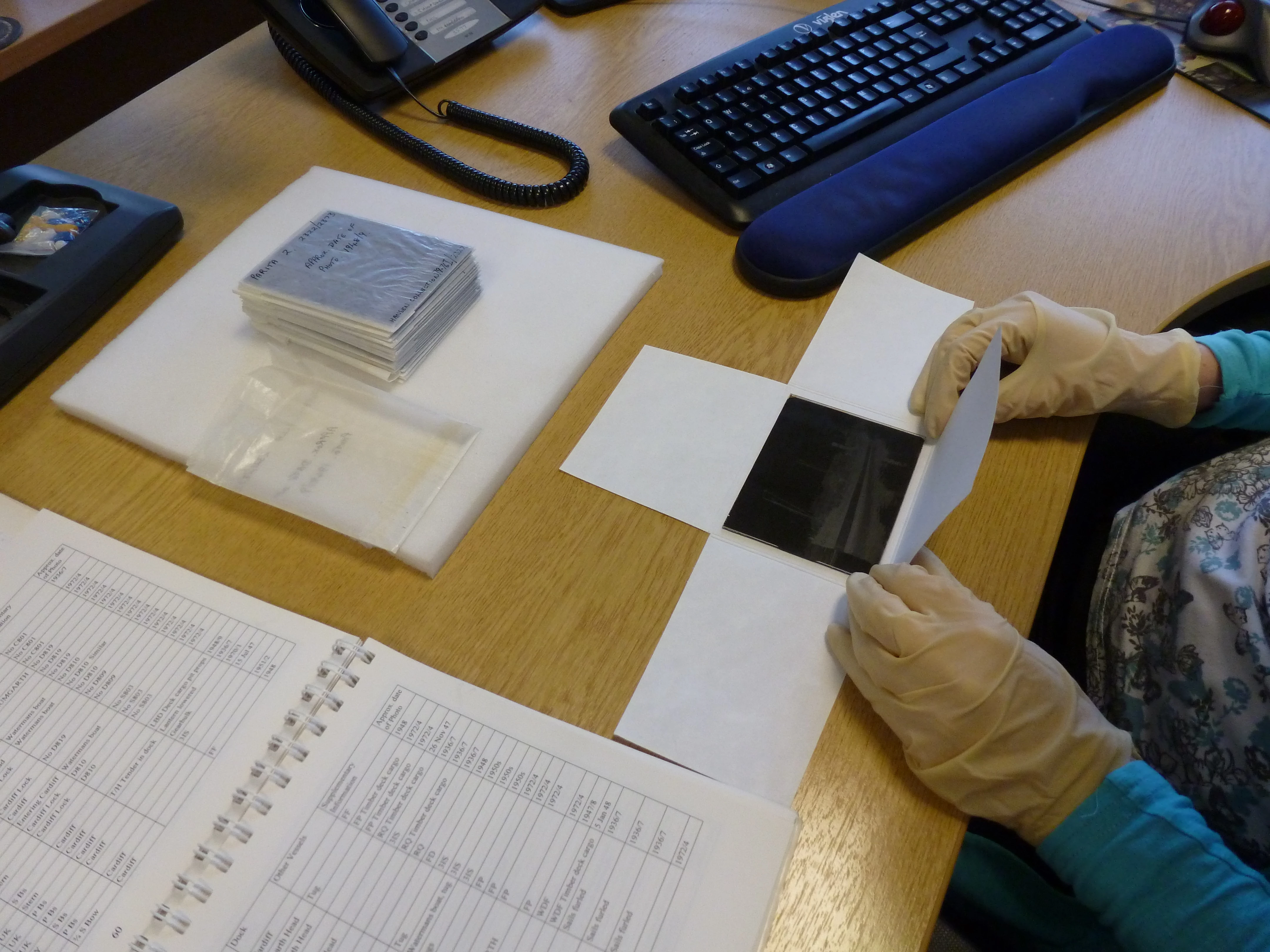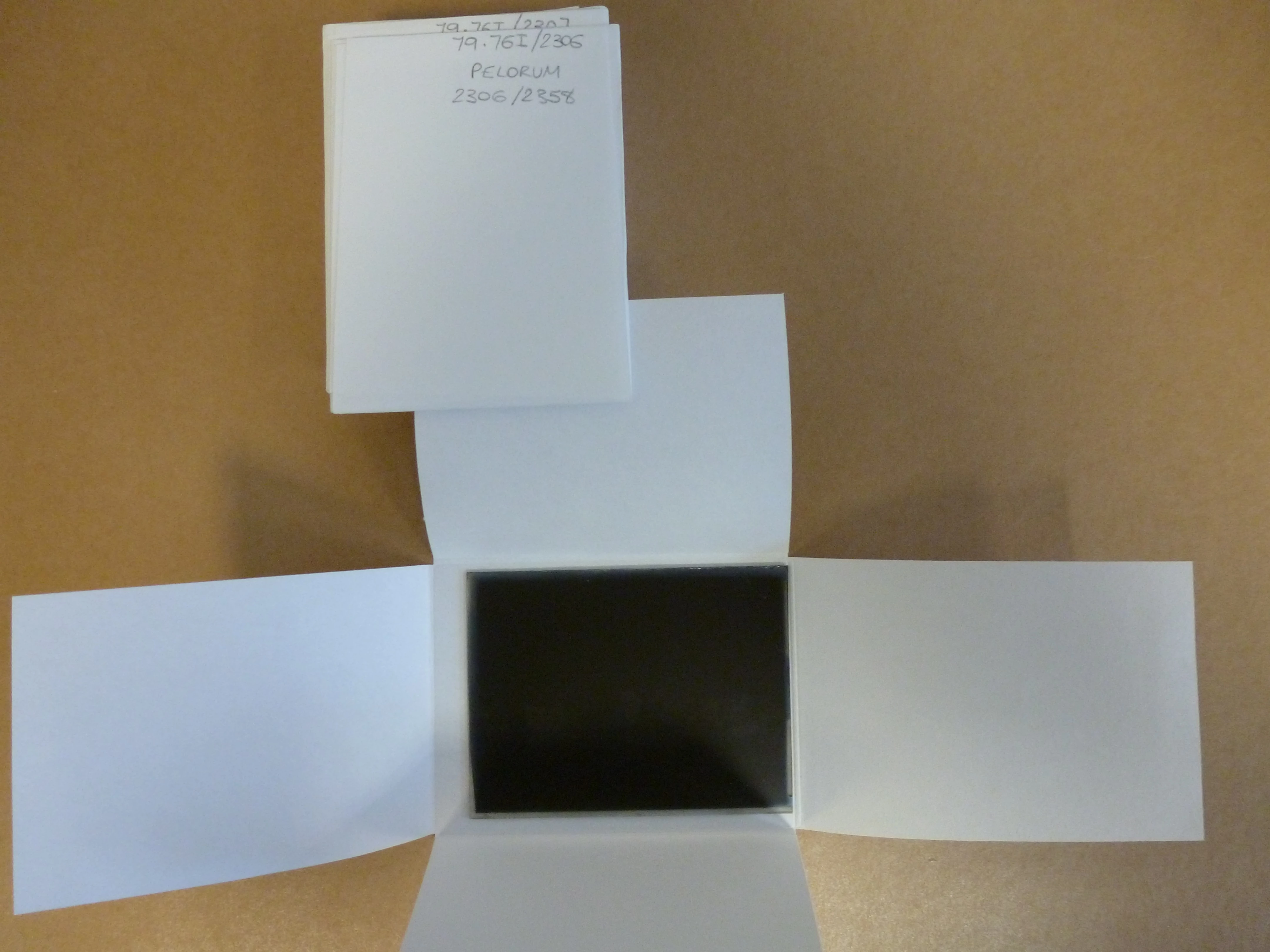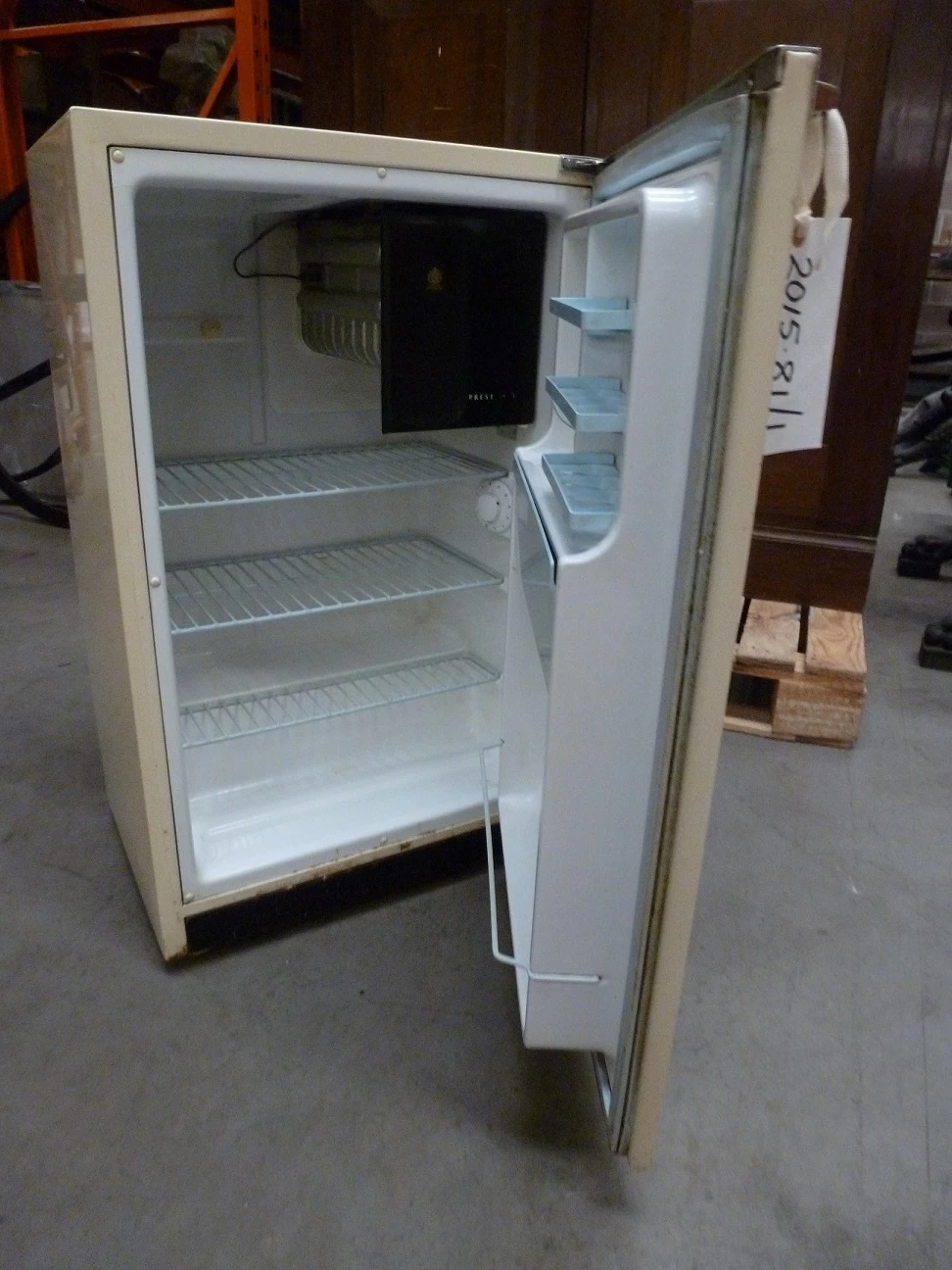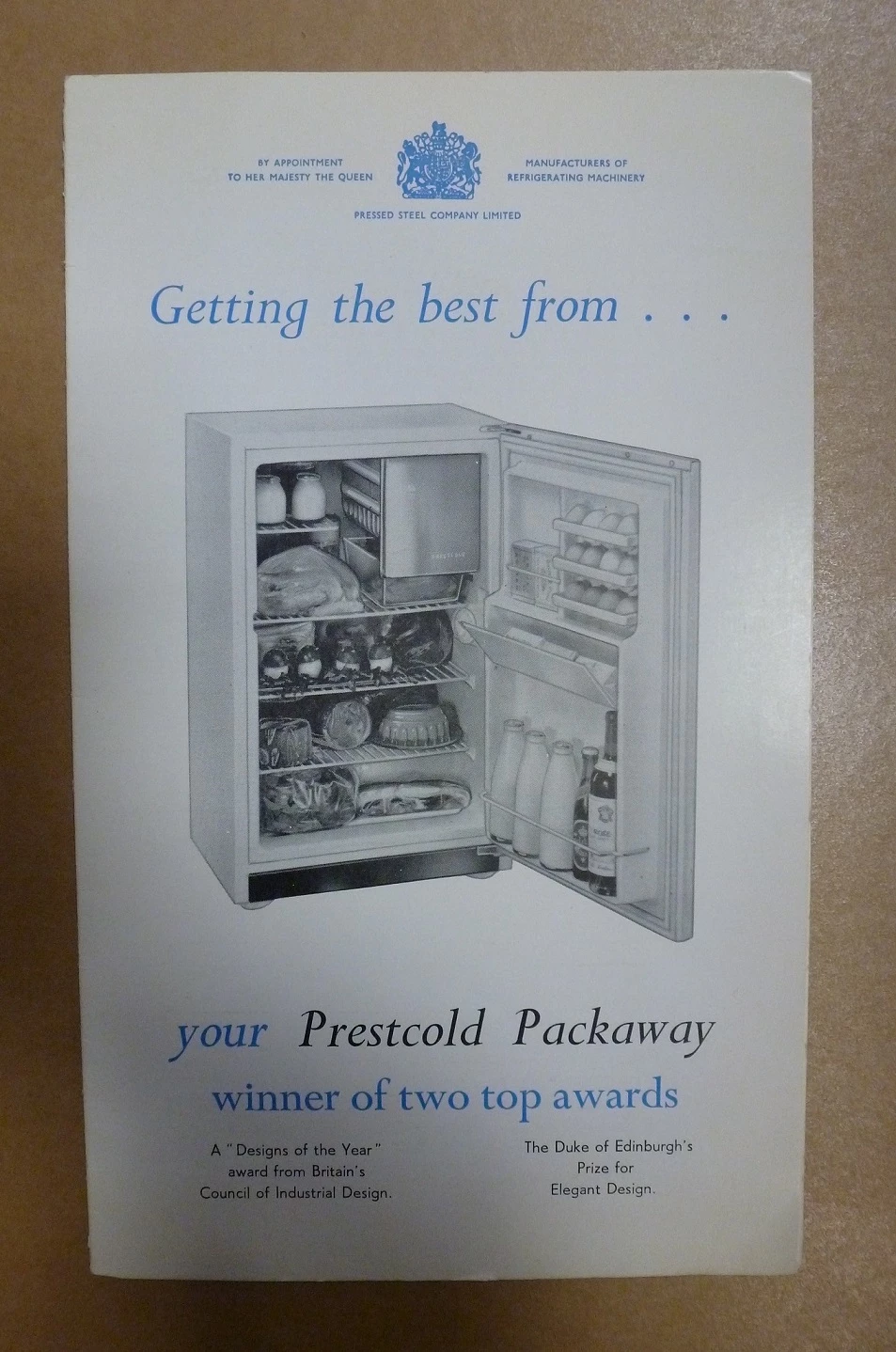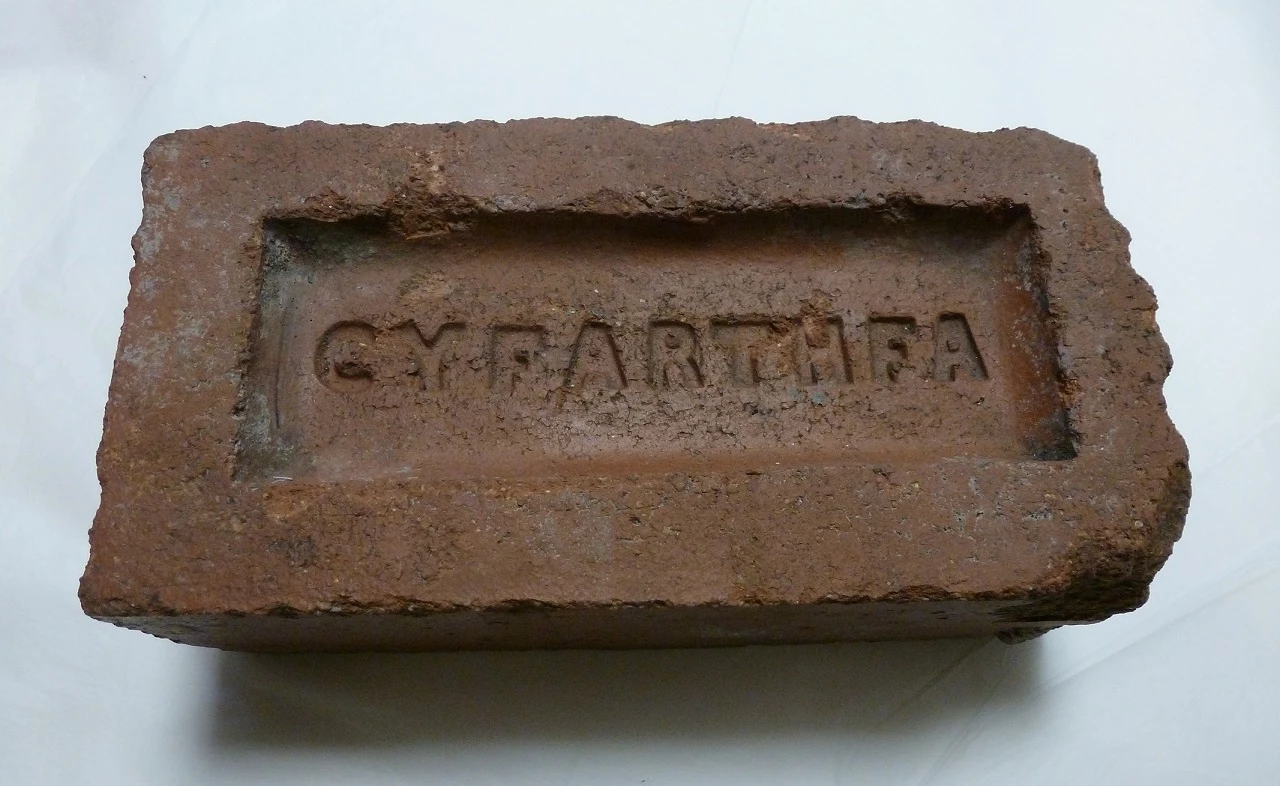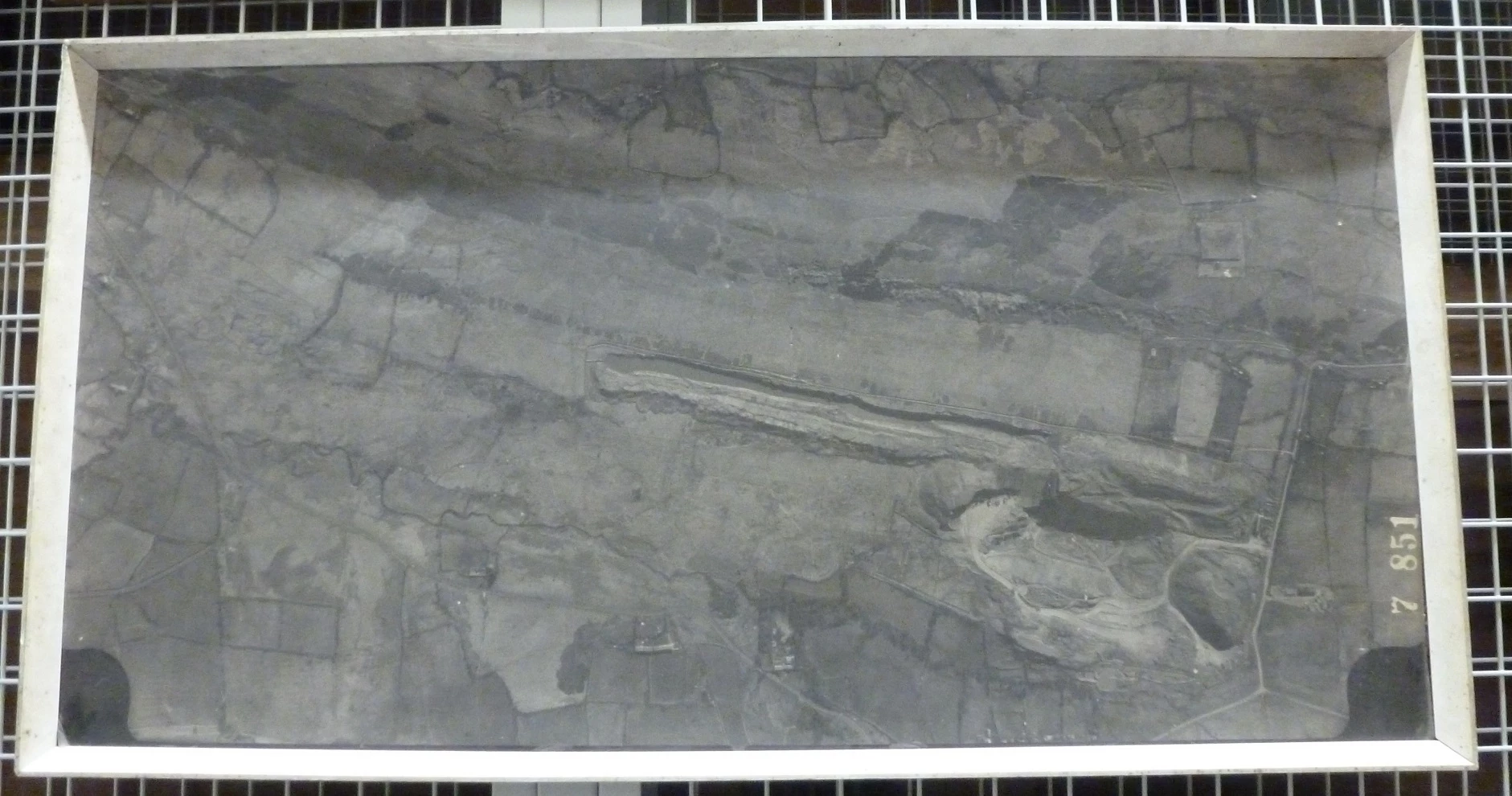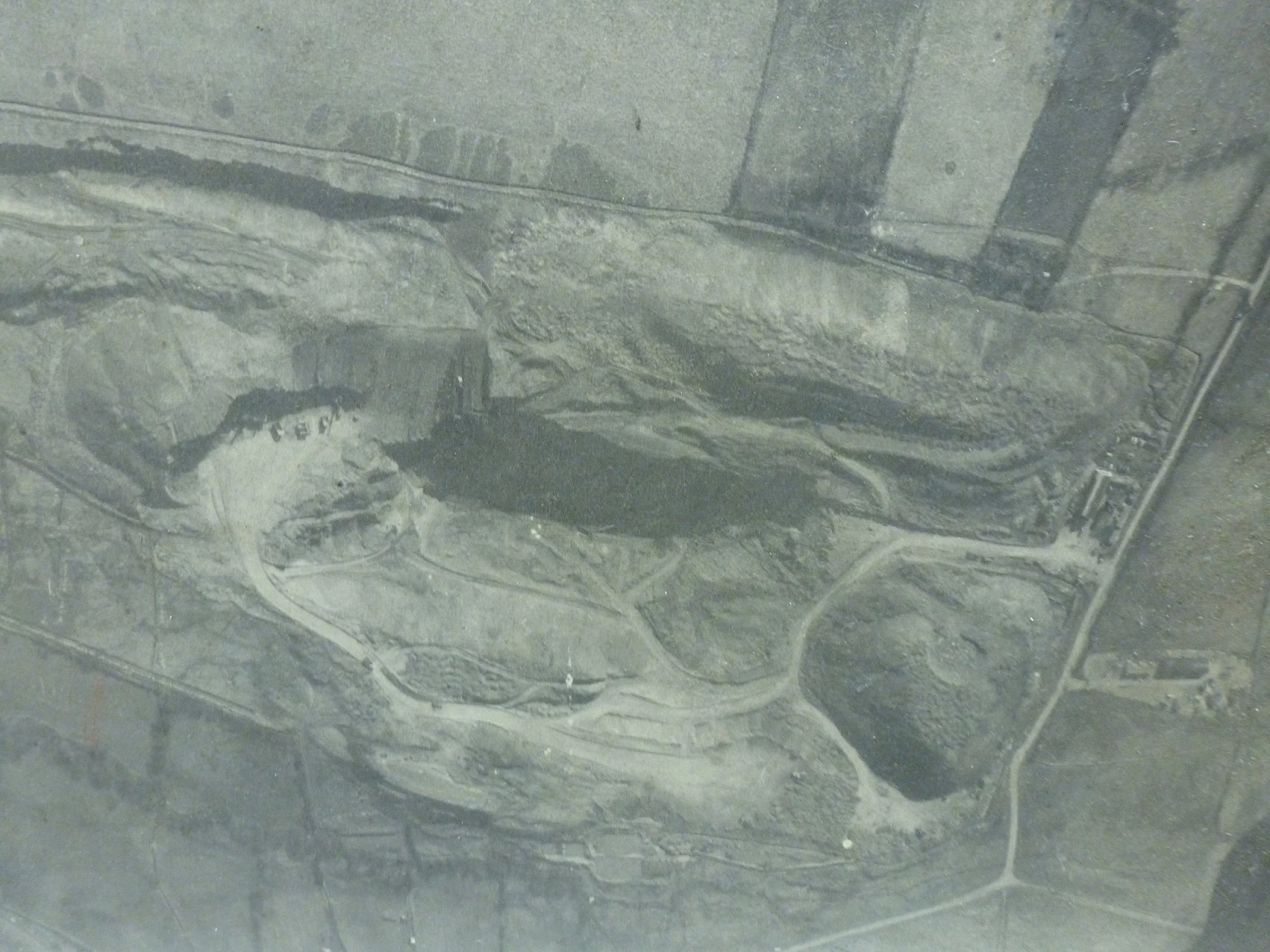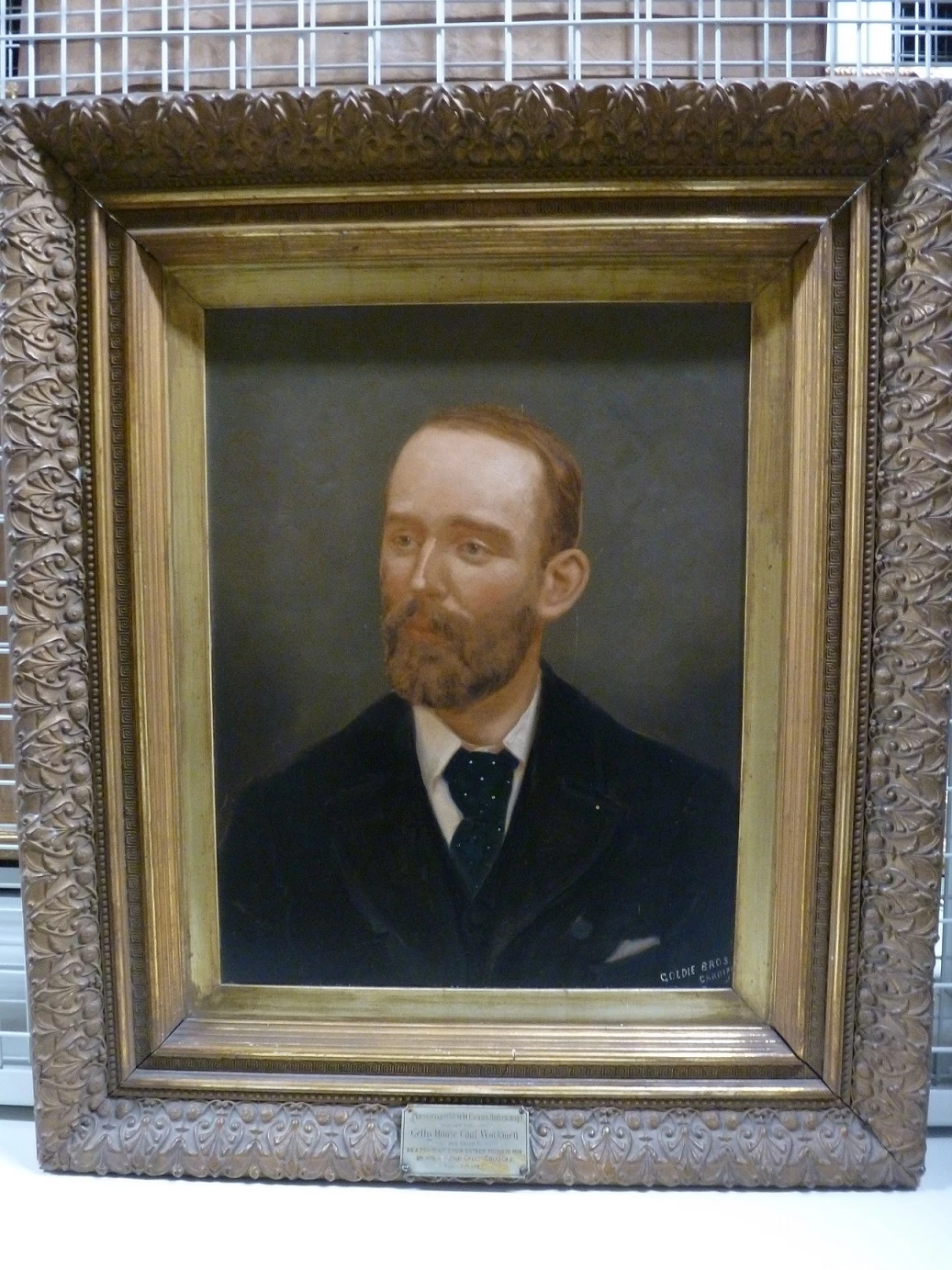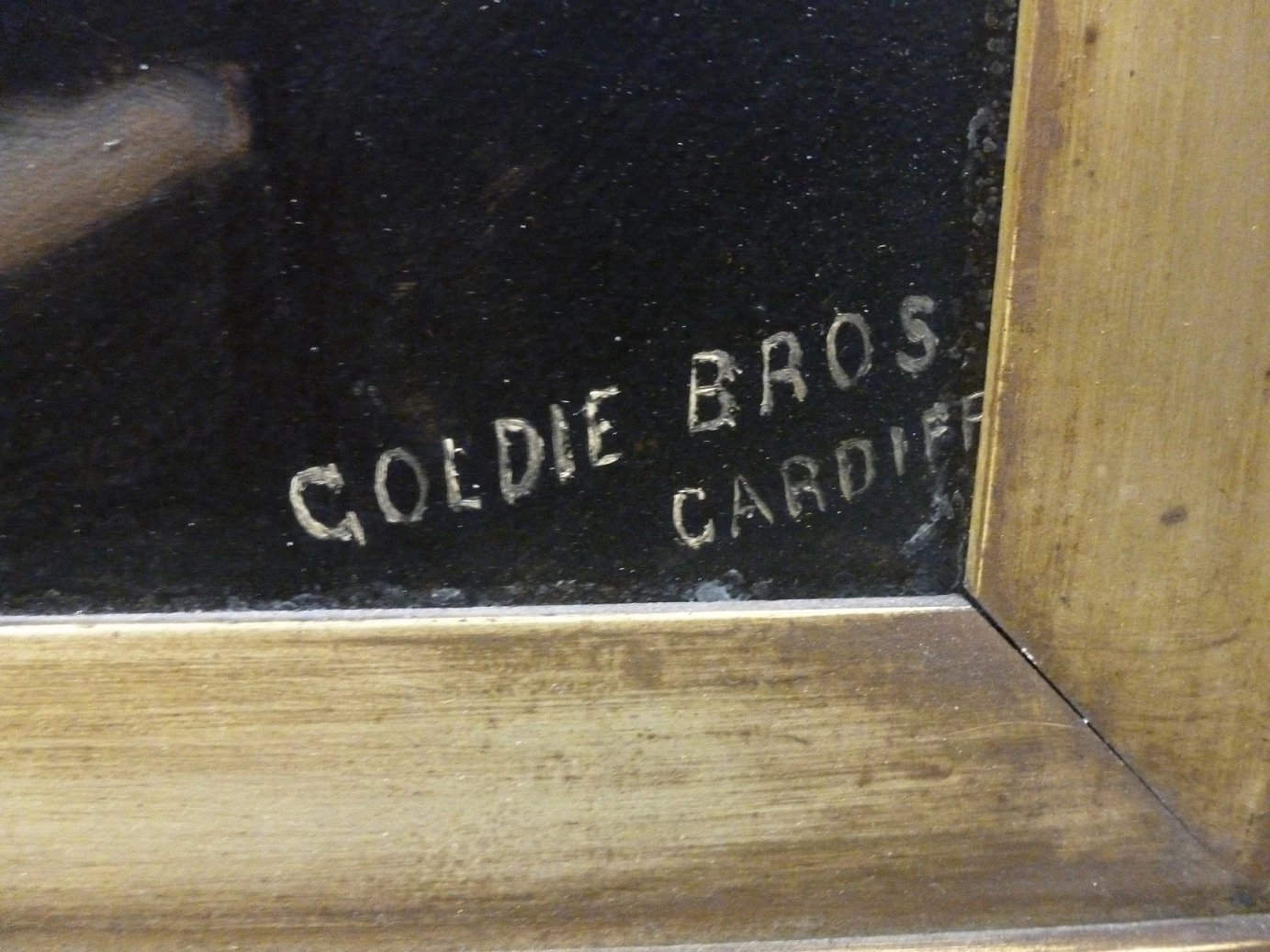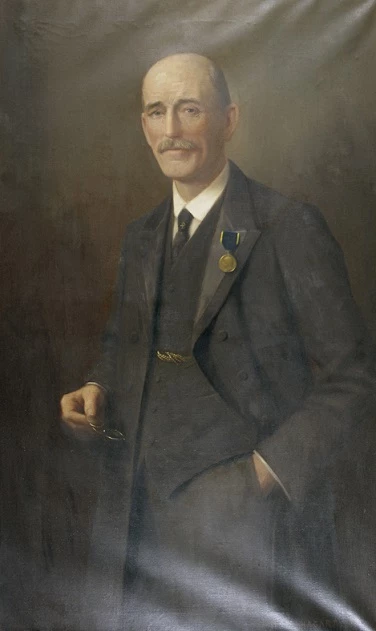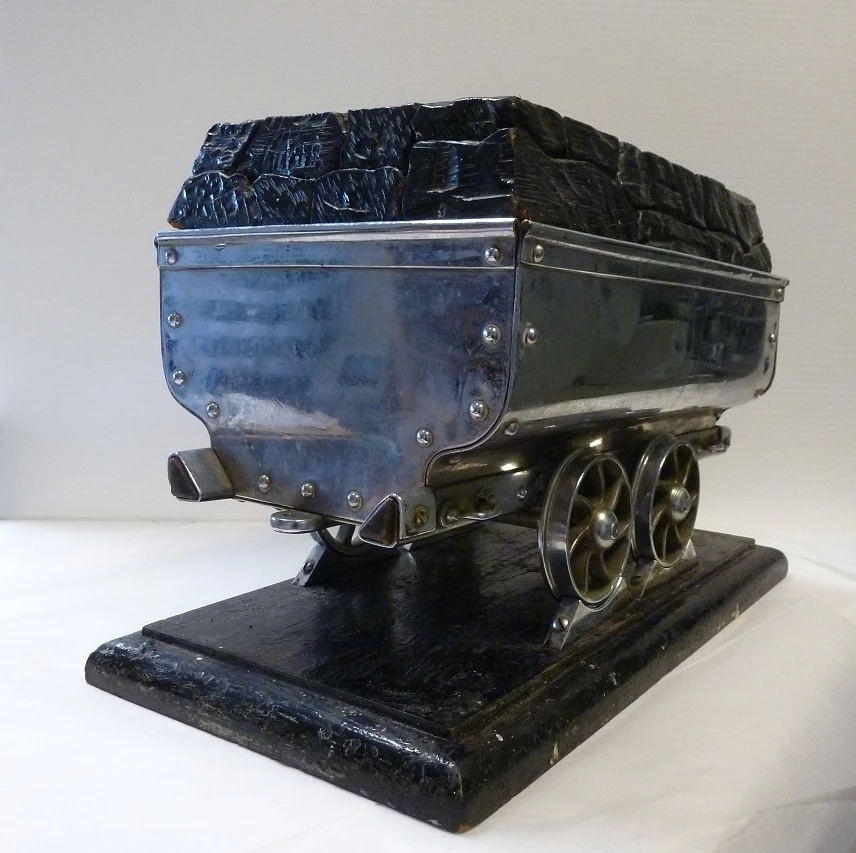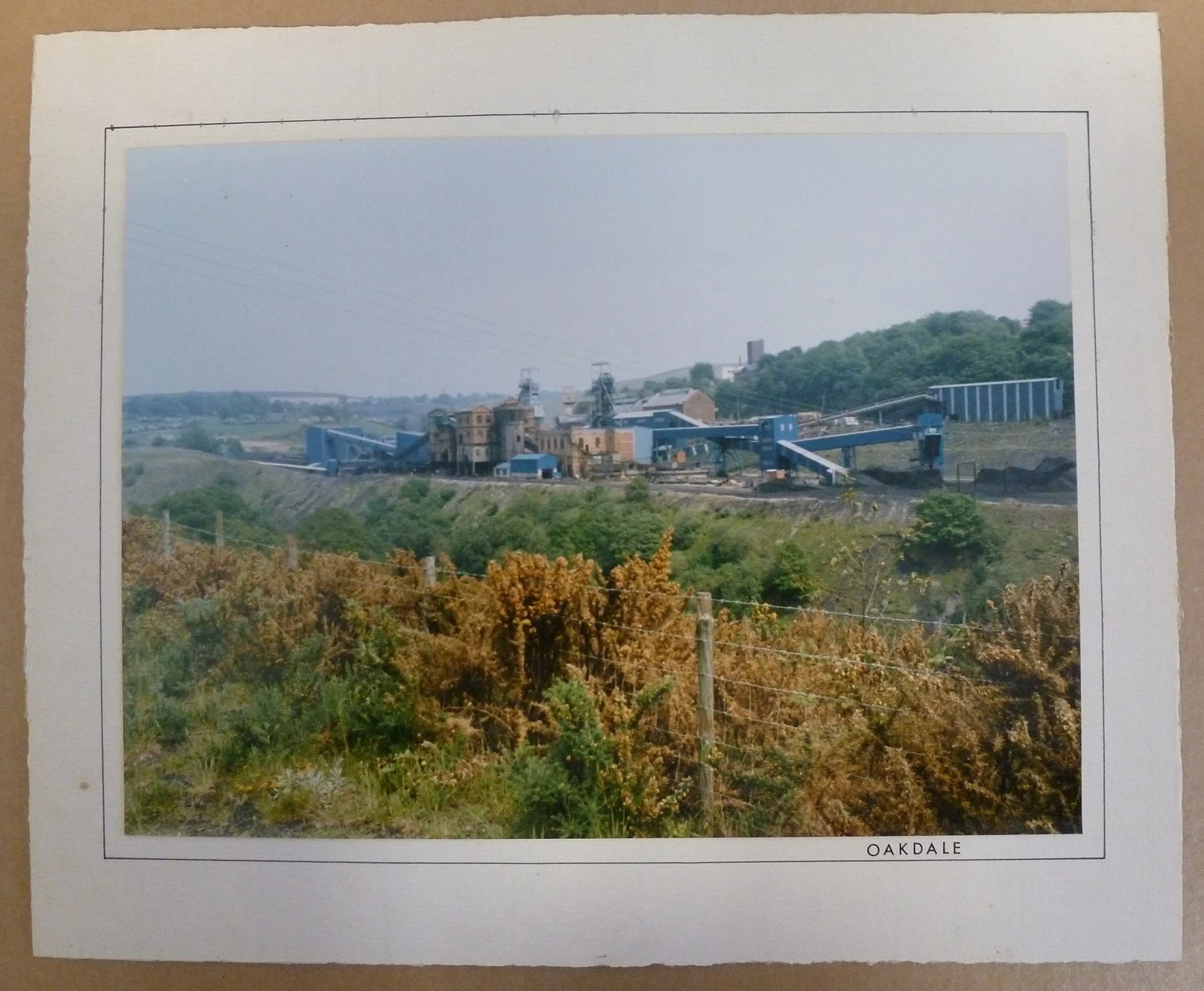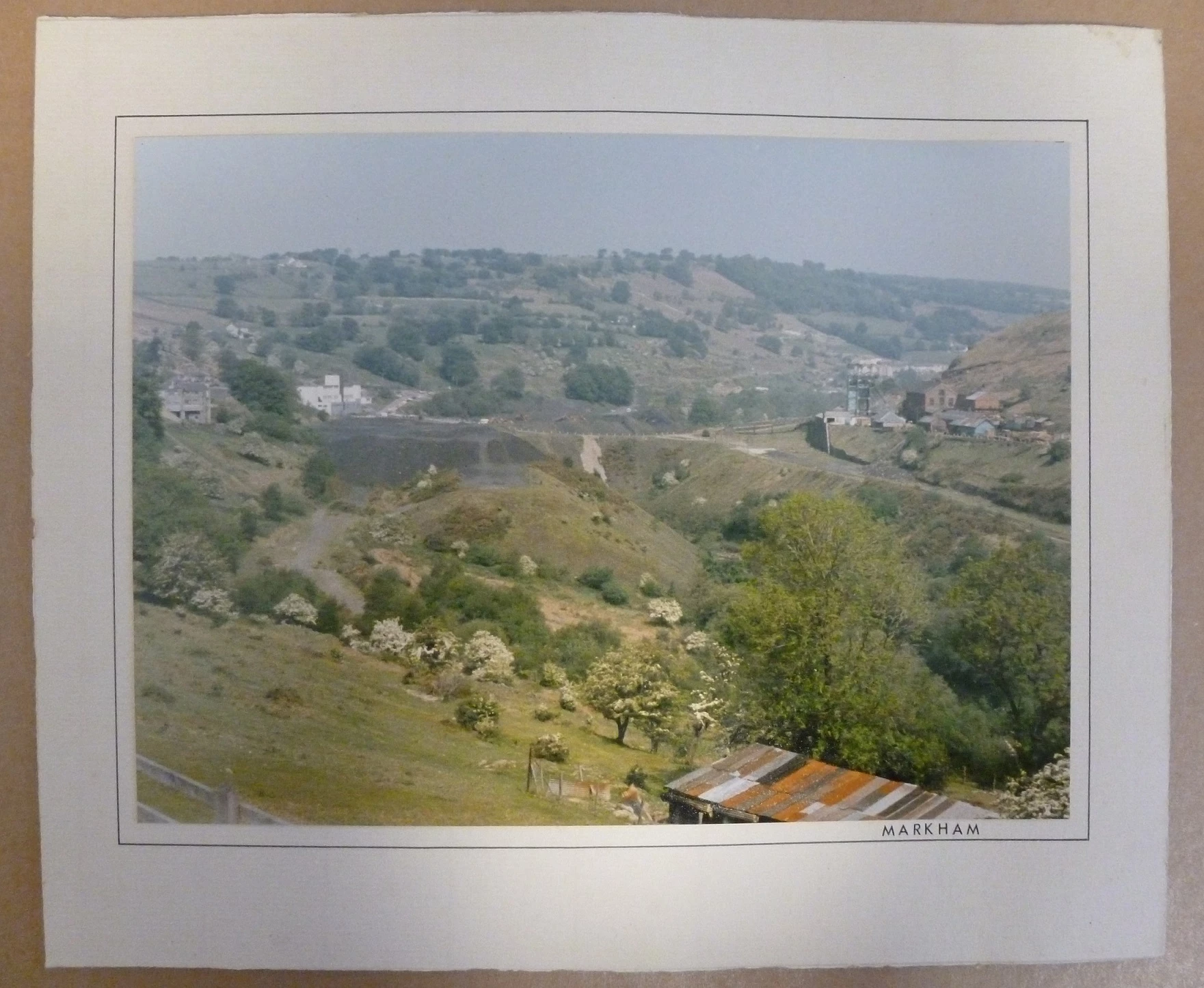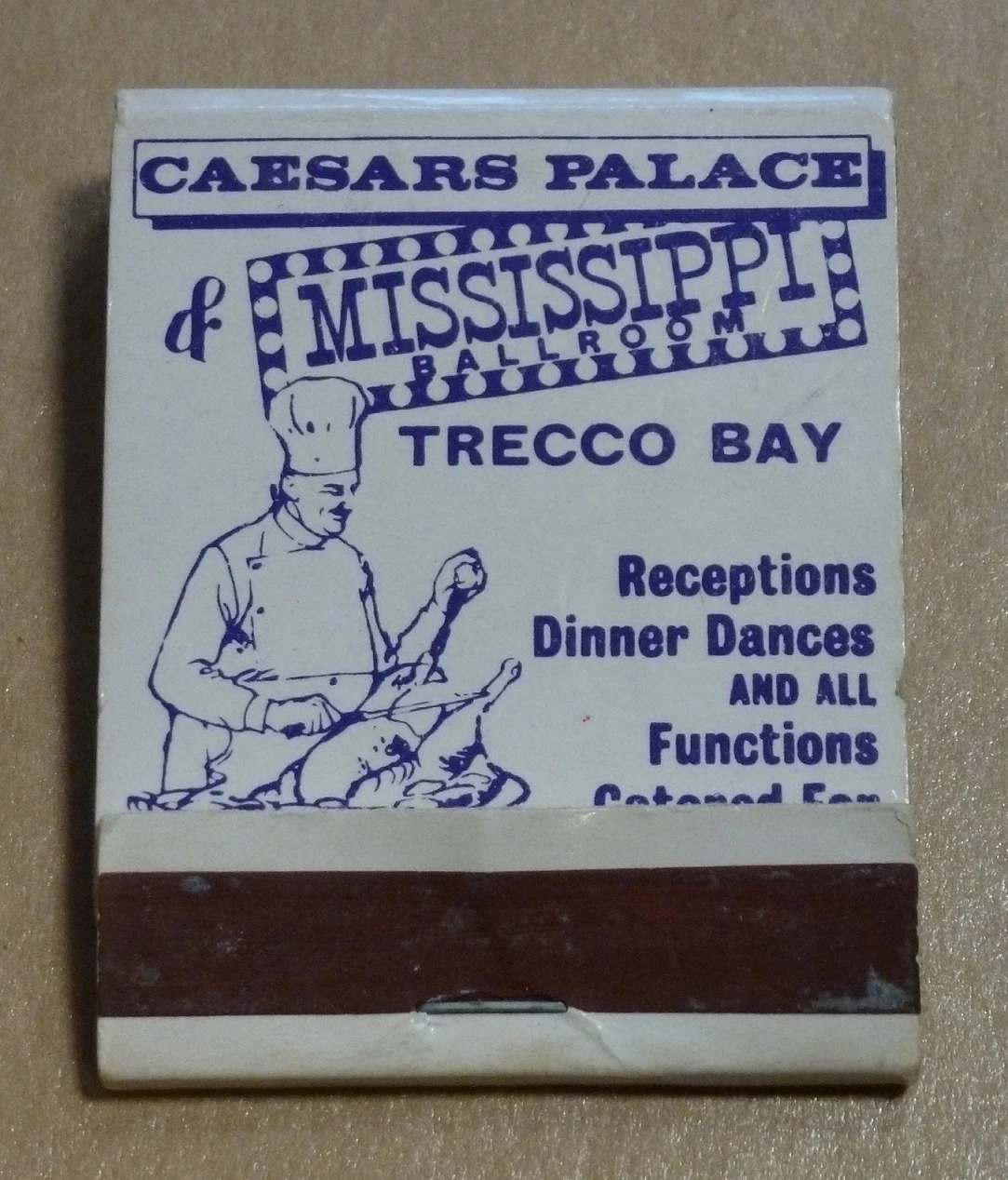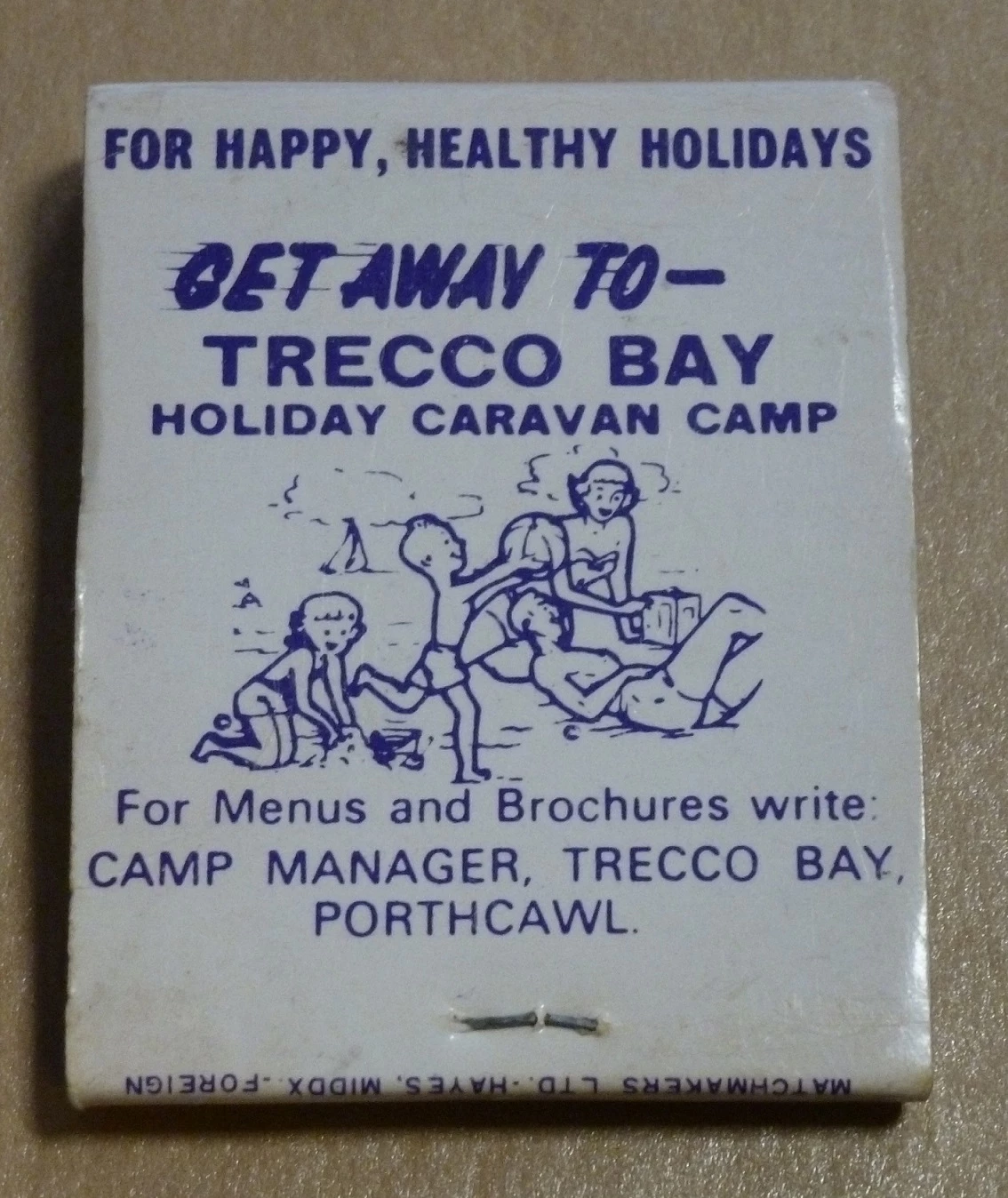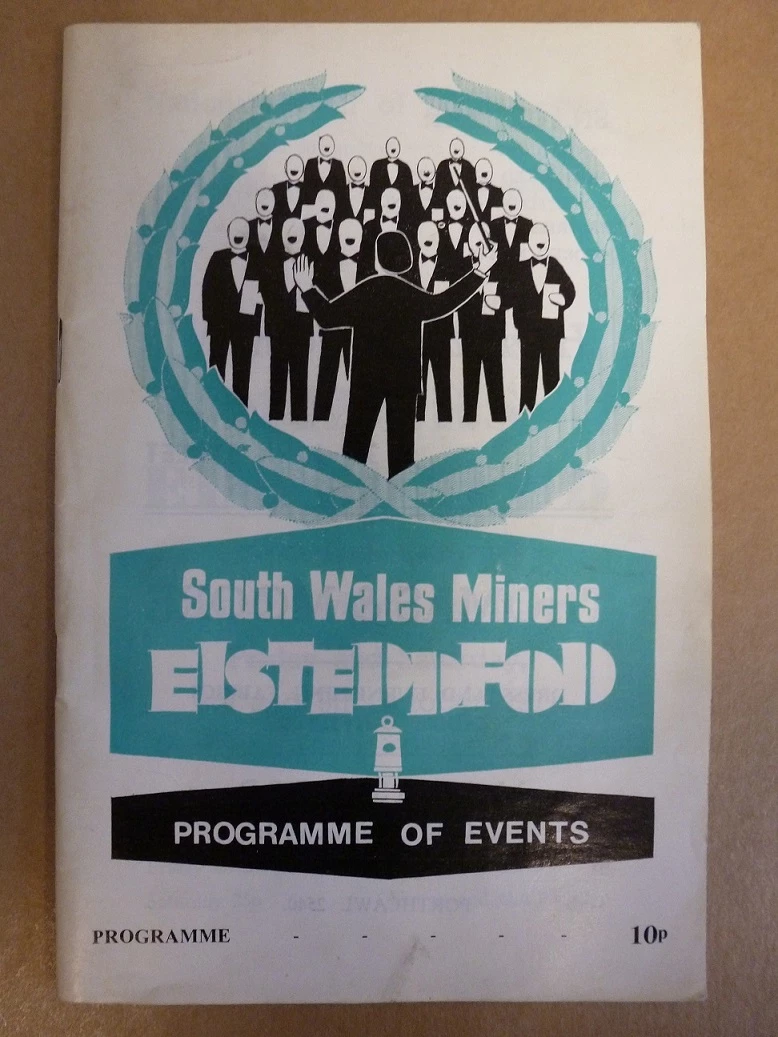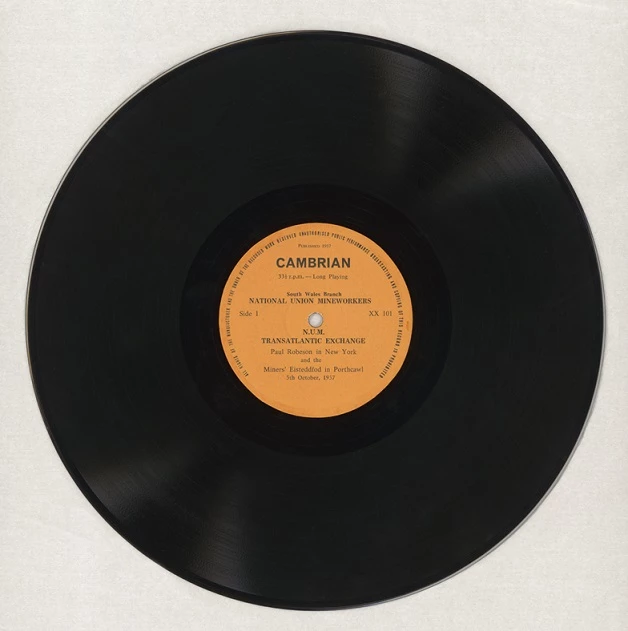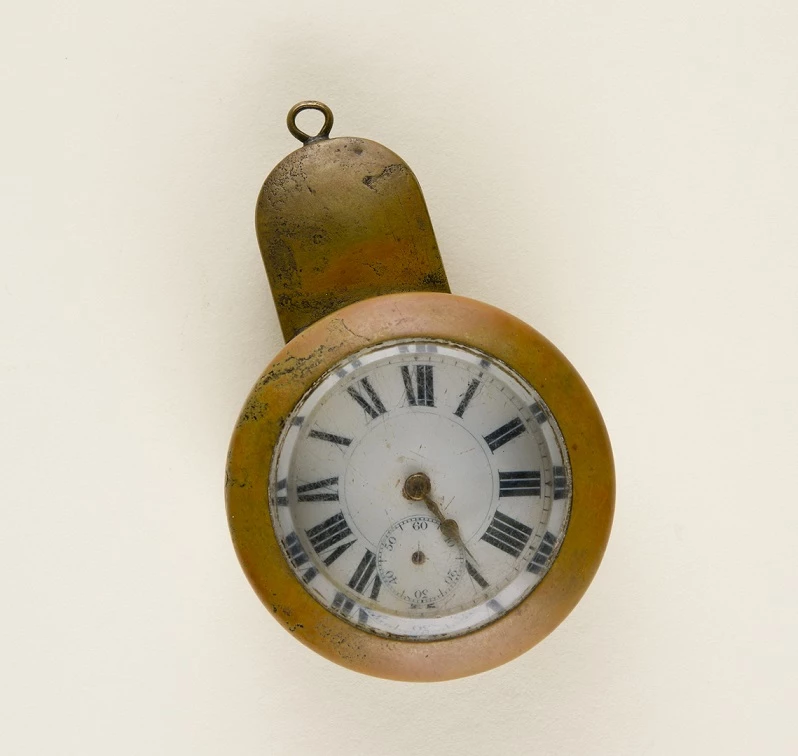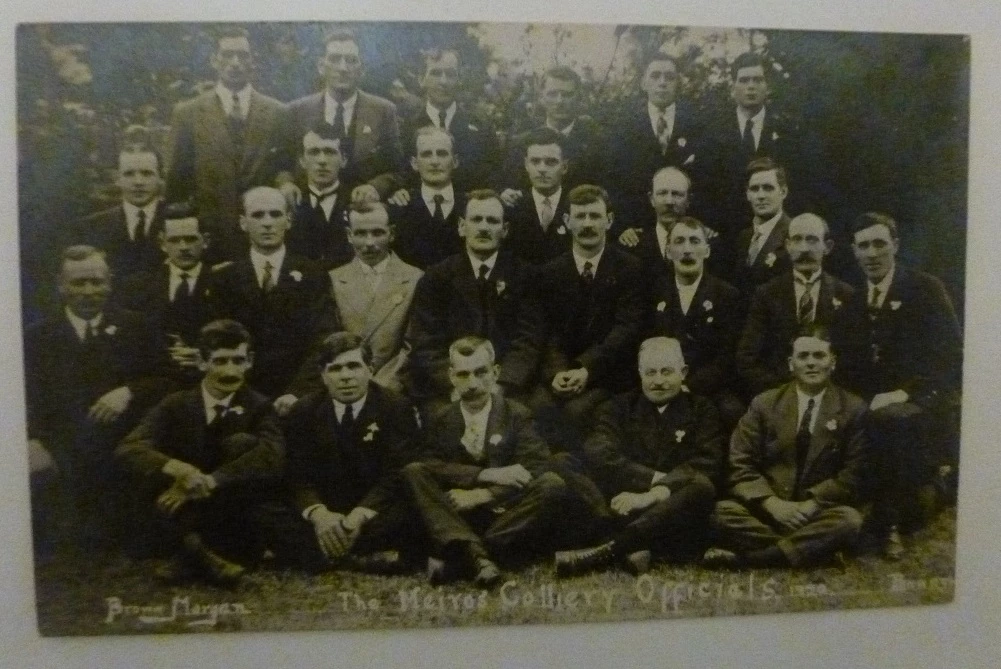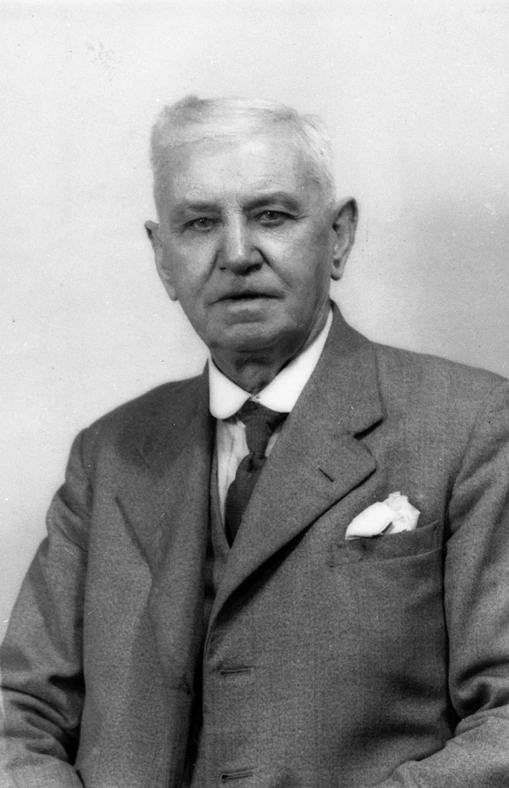Making a photographic collection accessible - Part 2
, 8 December 2015
As mentioned in my last blog post staff at Amgueddfa Cymru are working on the Hansen shipping photographic collection to enable this collection to be made fully accessible to researchers and interested parties. I also gave a background to the collection and the work staff and volunteers are doing on it – you can read it here. In this post I’ll explain a bit about the cataloguing process.
We are working at putting each individual negative onto our collections management database (CMS), where details of all the museum’s collections are stored. Each entry will record full details of the name of the ship, the date and place the photograph was taken, and the name of the photographer. This will allow us to do comprehensive searches. It will also include the medium (in many cases gelatin dry plate negatives, with some film negatives). We will also being adding as much historic details of the ship as possible, and one of our volunteers has been working on brief histories of some of the vessels. This collection comprises over 4,500 negatives, so you can appreciate the scale of the work needed to fully catalogue, store and digitise this collection. We have made good progress so far, having added a further 334 negatives since the last blog post, and now have 1,834 records on the system.
As staff are working through the collection we are also re-packing from old glassine bags into modern conservation grade four-flap envelopes specifically designed for the long term housing of glass plate and film negatives. We no longer use glassine bags for storage of photographic collections as under certain conditions, especially if exposed to moisture, the bags can stick to the glass and film negatives causing permanent damage. Therefore, where possible we are re-packing into conservation grade packing. The whole collection is stored in an environmentally controlled photographic store at the National Collections Centre, Nantgarw.
Mark Etheridge
Curator: Industry & Transport
Follow us on Twitter - @IndustryACNMW
